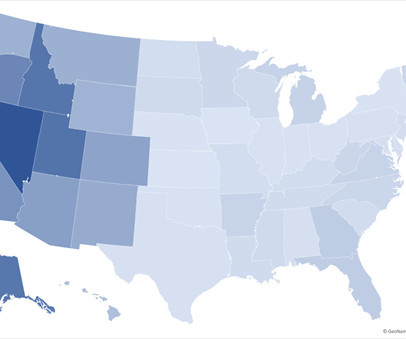A Birder’s Guide to U.S. Federal Public Lands
10,000 Birds
MARCH 5, 2024
These lands support countless birds, either year-round, as migratory stopovers, or as breeding grounds. In fact, the overwhelming majority of federal land is in just 11 western states (Arizona, California, Colorado, Idaho, Montana, Nevada, New Mexico, Oregon, Utah, Washington, and Wyoming). But what else should birders know?












Let's personalize your content